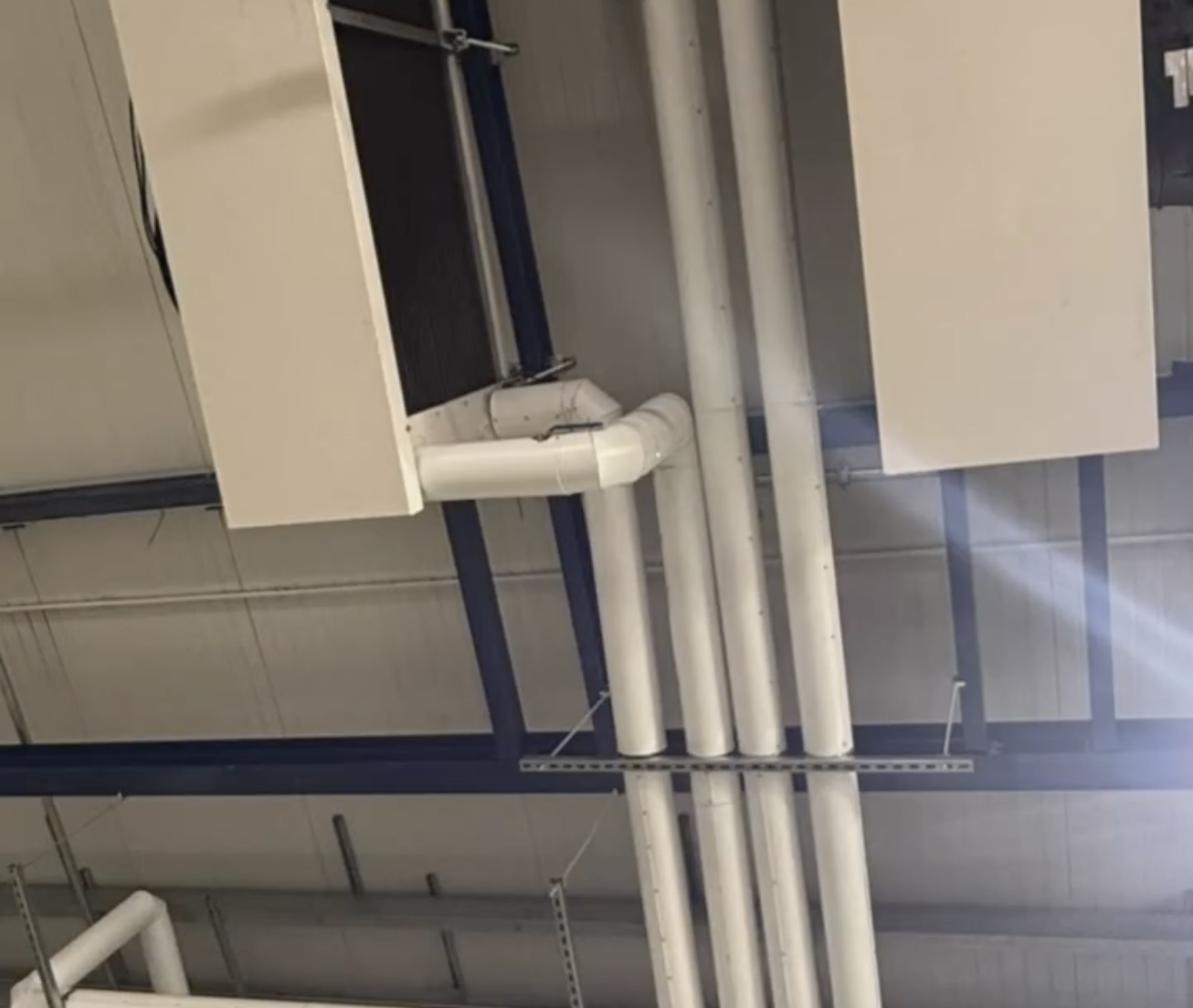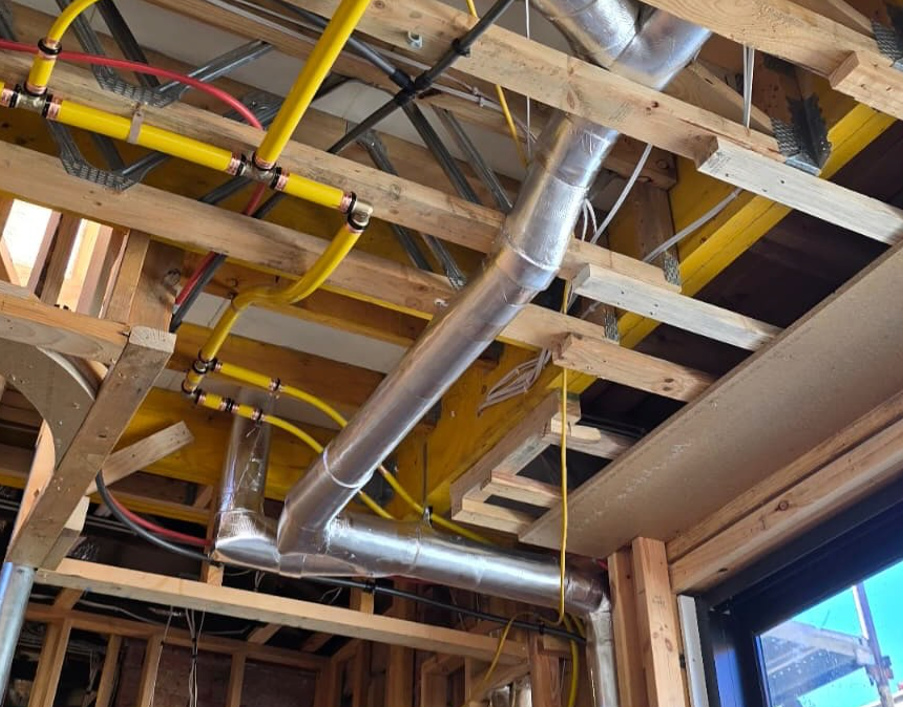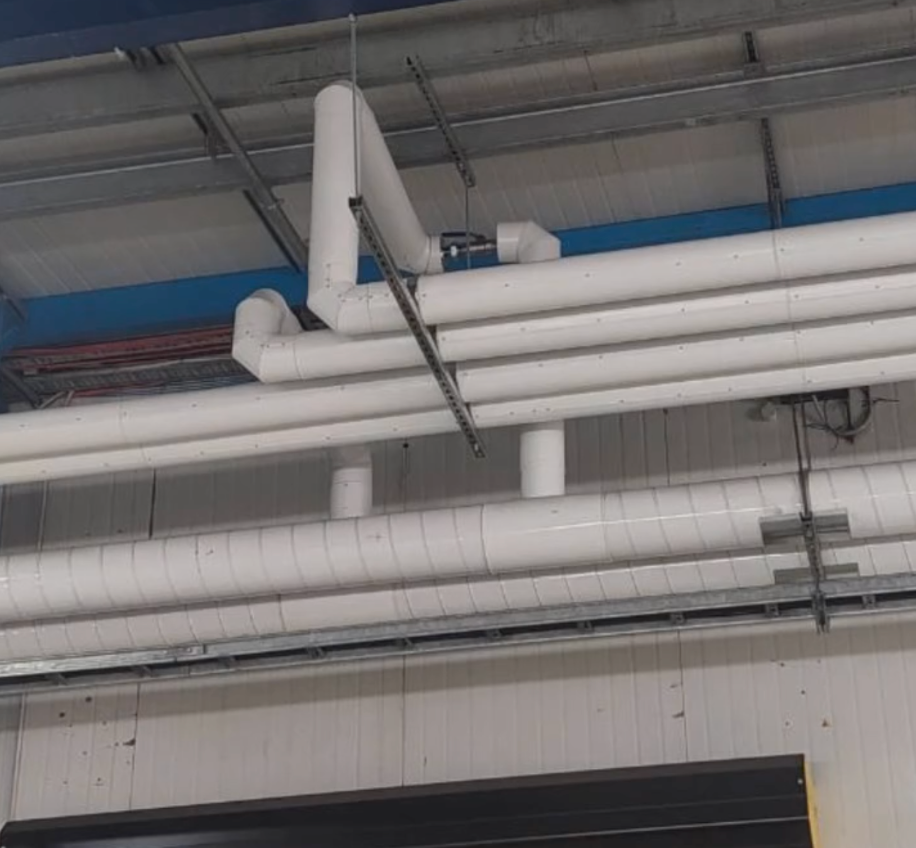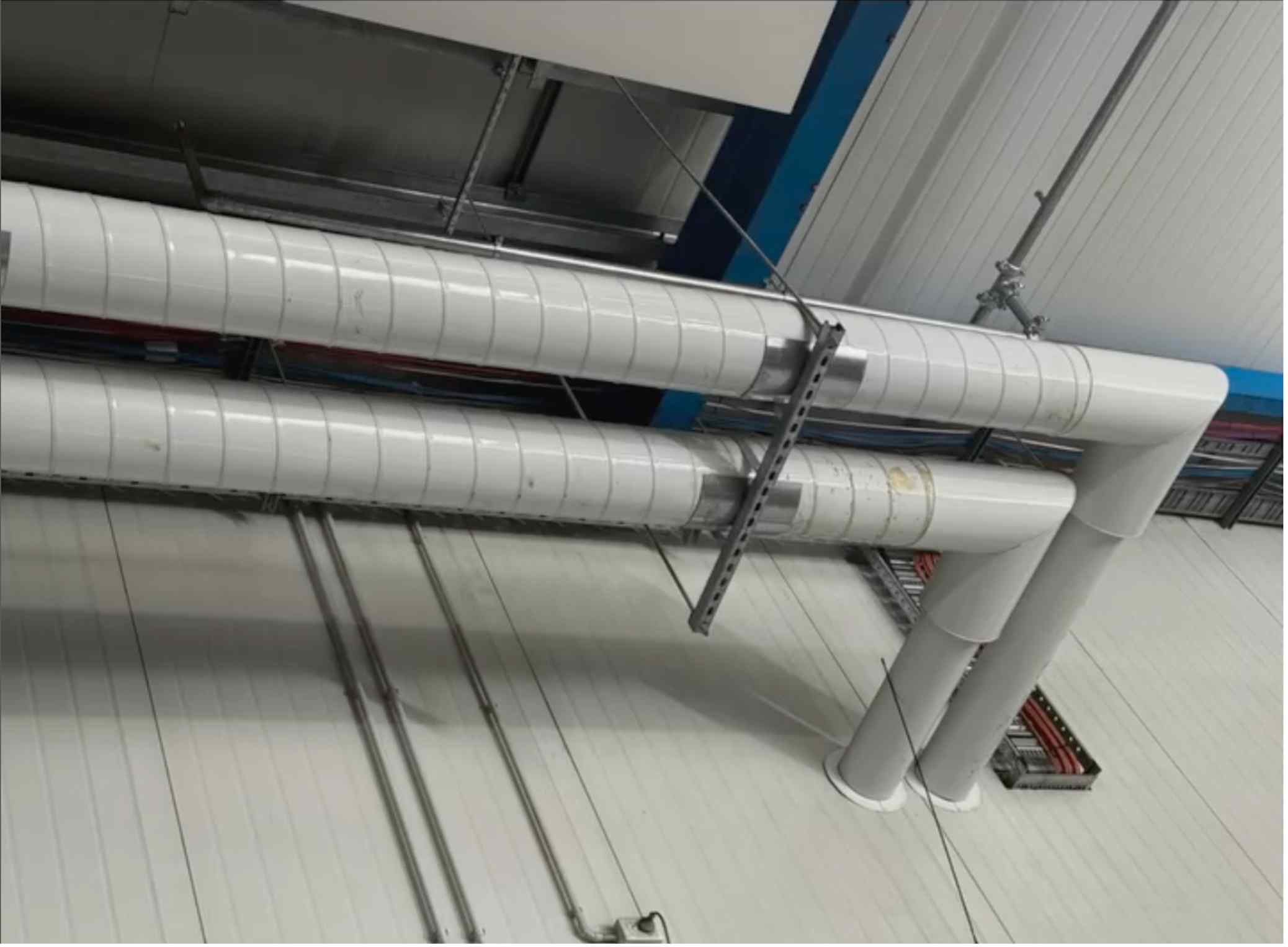How Proper Pipe Lagging Helps You Avoid Costly Reworks
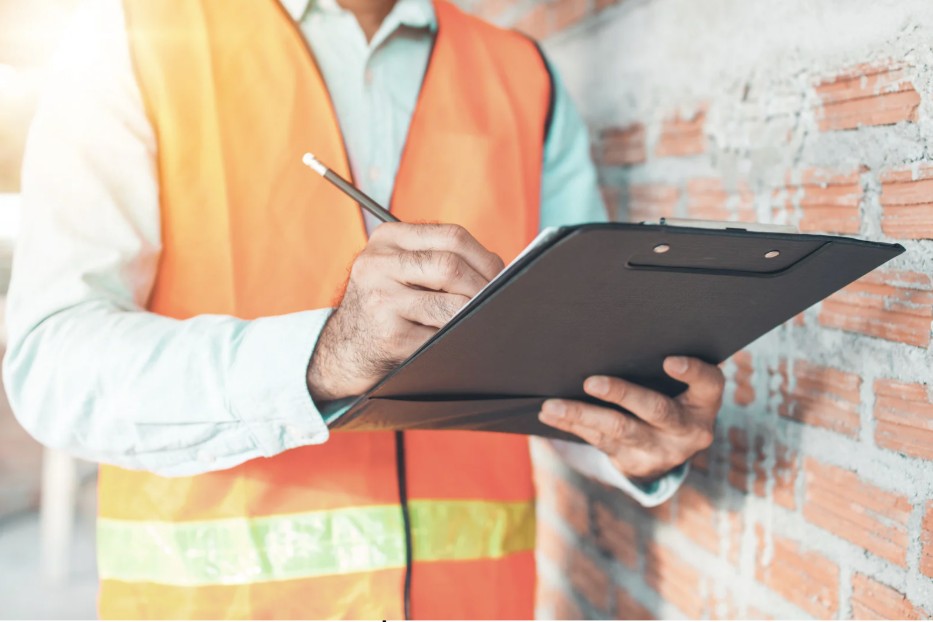
In any commercial or large-scale build, passing final inspections is a critical milestone. It’s the point where all your systems, finishes, and services come under scrutiny — and any oversights can result in delays, rework, or worse, failed certification.
Yet, the importance of pipe lagging is often overlooked and what may seem like a minor part of a project can quickly escalate into a costly issue. Whether it’s thermal performance, condensation risk, or acoustic failings, it all comes down to the same thing: Was the lagging done right the first time?
Let’s break down why proper pipe lagging matters — and how it plays a key role in keeping your project on time, on budget, and inspection-ready.
Why Pipe Lagging Plays a Key Role in Building Compliance
Pipe lagging is more than just wrapping pipes to keep heat in or noise down. In a commercial or multi-residential context, it’s a regulated component of your building’s performance.
Here's where it makes a measurable difference:
- Section J (NCC) Compliance: Mechanical pipework must meet minimum R-values and thermal resistance criteria.
- AS 2107 Acoustic Standards: Pipe lagging helps prevent unwanted noise transfer in shared walls, bathrooms, and plant rooms.
- Condensation Management: Lagging chilled pipework prevents surface moisture build-up that can cause damage to walls, ceilings or services.
- Fire Safety Compliance: Certain materials (like mineral wool) also contribute to passive fire protection, especially in riser shafts or inter-tenancy walls.
Fail any of the above, and you’re looking at delays, frustrated clients, and a team scrambling to fix issues after the fact.
Common Lagging Oversights That Lead to Rework
Here are just a few mistakes that could result in failed inspections:
- Incorrect insulation thickness or material
- Lagging that doesn’t meet system temperature requirements
- Inadequate vapour barriers leading to condensation
- Non-compliant acoustic performance in multi-residential settings
- Unsealed or incomplete installation in difficult access areas
- Documentation gaps — no proof of R-values, installation practices or product specs
When pipe lagging is treated as an afterthought or left in the hands of unqualified installers, these problems compound fast — and the fix is often more expensive than doing it properly from the outset.
How Martis Laggers Helps You Avoid the Rework Trap
With over 10 years’ experience across Melbourne’s large scale commercial and residential projects, we understand what inspectors look for — and we install lagging that passes the first time.
We help you avoid costly delays by:
- Reviewing your mechanical services drawings and specs early
- Recommending the right materials for your thermal, acoustic and compliance needs (e.g. fibreglass, mineral wool, closed-cell foam, MLV)
- Installing to spec, cleanly and efficiently, even in tight or high-access spaces
- Providing all documentation and compliance details for Section J, NCC and AS 2107
- Working directly with your builder or services contractor to coordinate installation without disruption
Tip for PMs & Site Managers: Get Lagging Locked In Early
Lagging often happens in the later stages of a project — just as pressure ramps up to get everything finished. Leaving it too late, or treating it as an afterthought, means you risk rushing it or doing it twice.
Loop us in early, and we’ll help you plan for a system that not only meets code but also integrates cleanly with the rest of the mechanical and services install. Let’s make sure lagging isn’t what holds up your next inspection.
Disclaimer
This website is aimed at disseminating information free of charge for the benefit of the public. We do not guarantee, and accept no legal liability whatsoever arising from or connected to, the accuracy, reliability, currency or completeness of any material contained on this website or on any linked site. We recommend that users exercise their own skill and care with respect to their use of this website and that users carefully evaluate the accuracy, completeness and relevance of the material on the website for their purposes. The material on this website is a summary only of the subject matter covered and is not intended to be nor should it be relied on as a substitute for legal or other professional advice. Users should obtain any appropriate professional advice relevant to their particular circumstances. The material on this website may include the views or recommendations of third parties, which do not necessarily reflect the views of ours, or indicate its commitment to a particular course of action.
